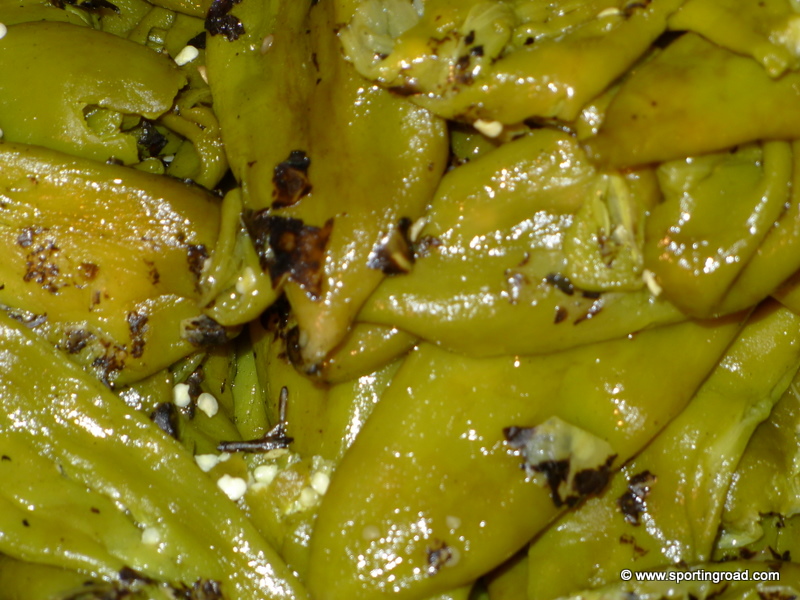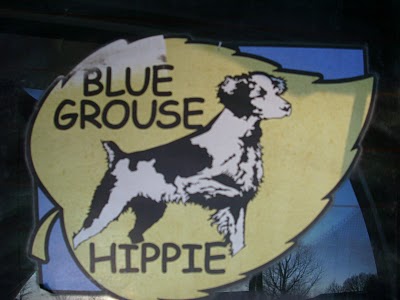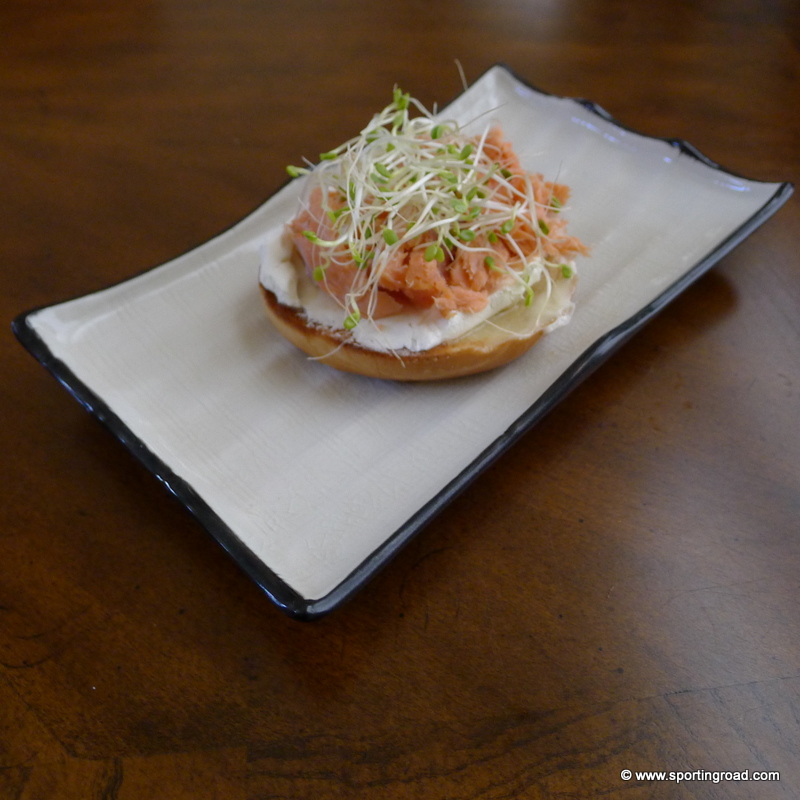Ten Tips for Becoming A Better Grouse Hunter
Have an Uncle Who’s Part Indian. I am not being cute or clever. My heritage is part Sioux Indian and there is something to be learned from our Native Americans when it comes to forest craft, it's not just all folk-lore. While Indians have a legendary reputation for being quieter and more stealthy in the woods, it's for good reason, but we could argue whether that is due to nature or nurture. Whatever the reason and if you weren't born with it, see what you can learn from someone skilled in this manner of stealthy stalking and it doesn’t matter if it is applied on big game or upland birds, it’s better than the alternative of bashing through the woods scaring every grouse out of the other end of it before you even step foot in the beginning of the other end of the woods. Better yet, adopt an "uncle" born or skilled in these crafts. Learn to shoot a shotgun and learn to shoot it well. We attended Buz Fawcett’s Wingshooting Workshop many times now, in efforts to become Master Shotgunners. If you hit what you can see and learn to shoot instinctively, you will be a better grouse hunter. Bring a picnic on the grouse moor. You never know when you will need fortitude from the elements or simply from your own psyche, if it's a less than stellar day. We always bring a French picnic, complete with some red wine, pate’ from birds gone by, cheese course, salad and other treats. Stuff enough shells in your bag, but not too many to begin to think you you have enough to afford to miss. My friend, Paul, grew up in rural Nebraska and his father was a professional assassin for coyotes and other predators, working for the National



